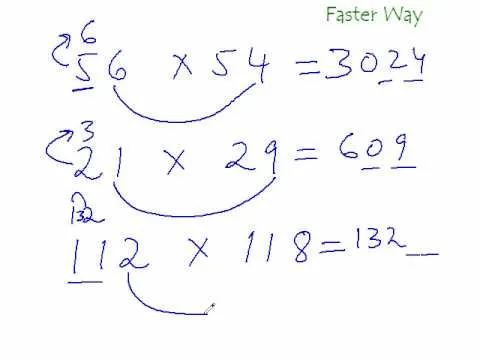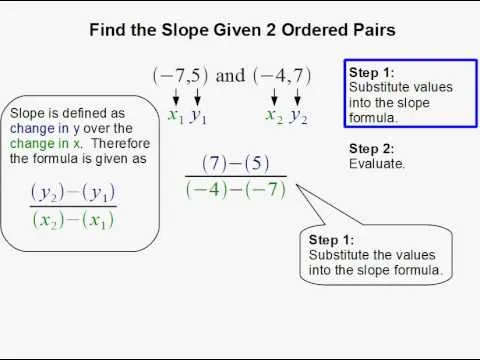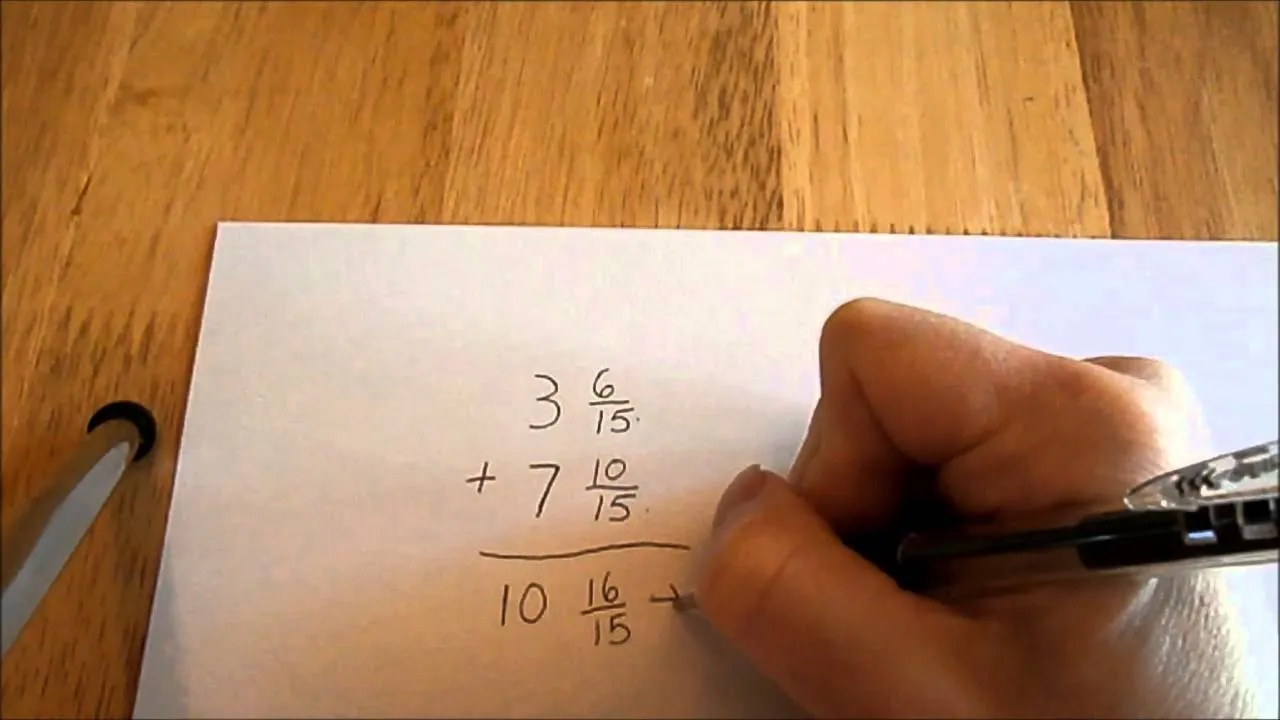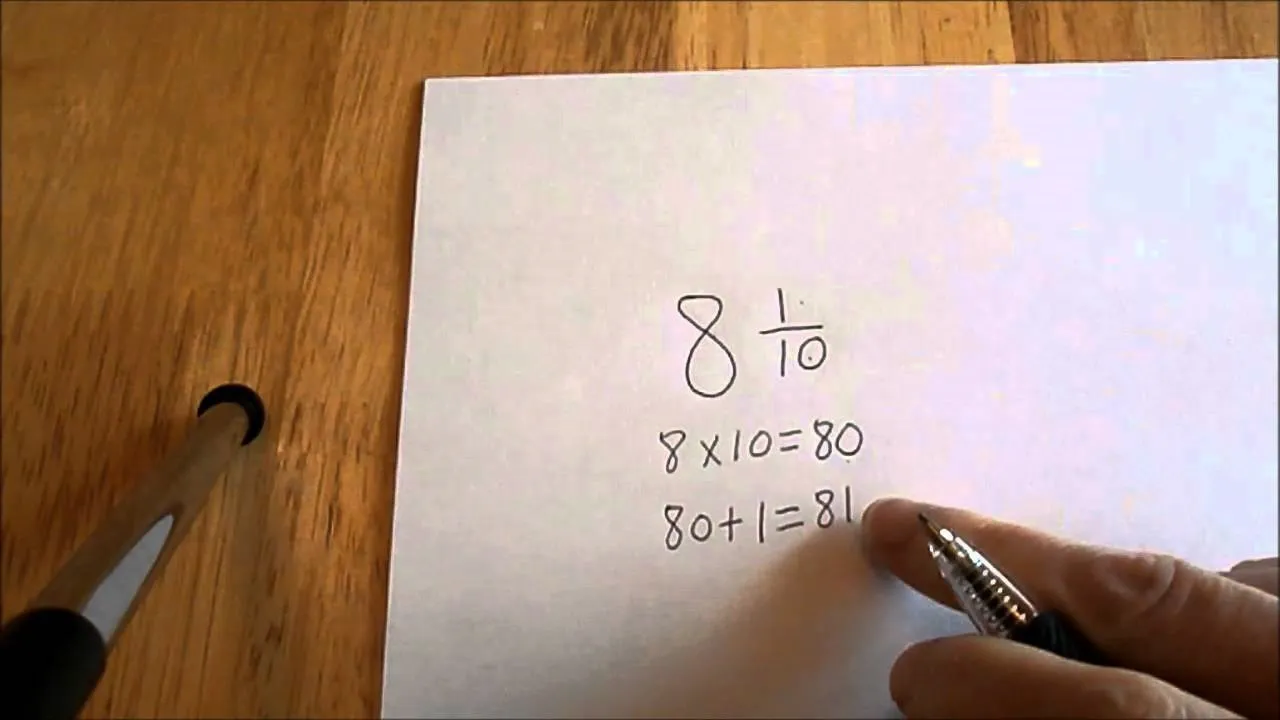Math is one of those subjects in school where you either love it or hate it or just don't get it. But math is nothing to fear, because it's a part of our everyday lives, and ifs something everyone should know the basics of. Don't let math intimidate you. Whether you're multiplying two fractions or a fraction and a whole number, solve the problem without a calculator in just a few steps.
You Will Need
* Basic understanding of math
* Paper
* Pen or pencil
Step 1: Write the problem
Write the first number or fraction, a multiplication sign, and then the second number or fraction. This will help you visualize the steps you need to take to multiply them.
Step 2: Know what the numerators and denominators are
Know that the numbers on the top of your fractions are called numerators. The bottom numbers are called denominators.
Step 3: Convert whole numbers to fractions
Convert whole numbers in your math problem into fractions by making the whole number the numerator and using the number 1 as its denominator.
Convert the whole number 7 into the fraction 7 over 1.
Step 4: Convert mixed numbers to one fraction
Convert mixed numbers to a single fraction by multiplying the whole number by the denominator and then adding it to the numerator. Keep the denominator the same.
Step 5: Multiply the numerators
Multiply the numerators in your fractions to find the numerator of your final answer.
Step 6: Multiply the denominators
Multiply the denominators in your fractions to find the denominator of your final answer.
Step 7: Reduce to find the final answer
Reduce the answer by dividing both the numerator and the denominator by the greatest common factor. Finish your math problem by writing an equal sign followed by your final answer. Keep practicing, and soon fractions will be your friends.
Pythagoras, an early Greek mathematician, believed that numbers carried great symbolism. Odd numbers were considered masculine and strong, while even numbers were female and weak.

























Comments
Be the first, drop a comment!